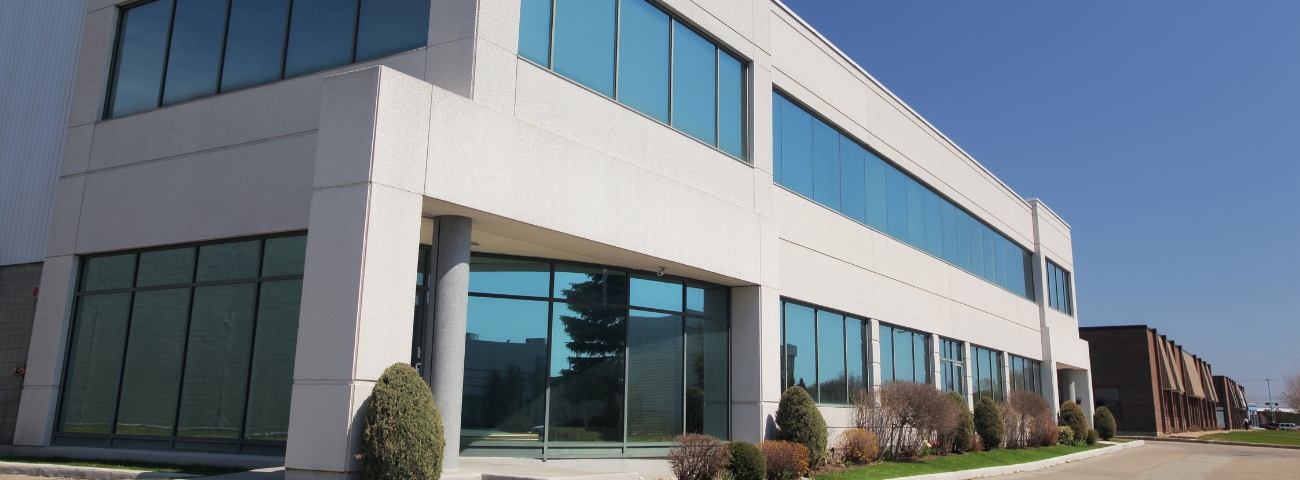What H.R. 1 ("The Big Beautiful Bill") Means for Commercial Real Estate Teams

The 2025 Big Beautiful Bill (H.R. 1, 119th Congress) introduces the most comprehensive tax changes for businesses since 2017, with significant implications for commercial real estate teams, CFOs, and investors. Below, we break down the main updates real estate professionals need to know and how they may impact planning and operations in the years ahead. For additional information, visit the official Congress.gov bill page.
Full Expensing Returns: 100% Bonus Depreciation (Effective 2025)
Section 70301
One of the most significant changes is the return of 100% bonus depreciation starting in 2025. Commercial real estate owners can now immediately expense the full cost of qualifying property, including building improvements, equipment, and systems, in the year they’re placed in service. This change applies to both new and used assets, eliminating the phase-down schedule previously set to reduce bonus depreciation after 2023. This allows teams to deduct costs from major renovations or tenant improvements immediately, rather than depreciating them over decades, improving short-term cash flow.
Additionally, Section 179 expensing limits are expanded. Starting in 2025, businesses can deduct up to $2.5 million in qualifying property purchases (an increase from approximately $1.16 million), with a higher phase-out threshold of $4 million. These thresholds will adjust annually for inflation.
New 100% Deduction for Manufacturing Facilities
Section 70307: Qualified Production Property (QPP)
For companies building manufacturing or production facilities, a new 100% first-year deduction is now available. Commercial developers constructing non-residential buildings primarily used for manufacturing can deduct the entire building cost upfront, rather than depreciating it over 39 years.
Key criteria to qualify as Qualified Production Property (QPP):
- Primary use must be manufacturing or production. Office space, administrative areas, and unrelated functions are excluded.
- New construction is required. Construction must begin after January 19, 2025, and before January 1, 2029, and buildings must be placed in service by January 1, 2031.
- Owner-use required.The incentive is limited to owner-users; landlords leasing property to manufacturers are not eligible. **
This deduction could significantly lower the upfront cost of building manufacturing spaces, making industrial developments more financially attractive, but real estate teams need to move quickly. Projects must break ground before 2029 to qualify.
Opportunity Zones: Permanent Extension with Rural Focus
Section 70421
Opportunity Zones (OZs) are now a permanent part of the tax code. The program, previously set to sunset in 2026, has been extended indefinitely. Starting in 2027, new Opportunity Zone designations will occur every ten years. At least 33% of these newly designated zones will be located in rural areas.
OZ investments now offer a 5-year capital gains deferral, plus a 10% basis step-up for holding investments at least five years. Rural Opportunity Funds provide a 30% increase in tax benefits. Gains from Opportunity Zone investments held for 10 or more years remain permanently tax-exempt.
For developers and investors working in underserved or rural areas, this means greater long-term certainty and more generous incentives starting in 2027.
REIT Changes: Greater Flexibility for Taxable Subsidiaries
Section 70439 (Effective 2026)
For Real Estate Investment Trusts (REITs), the Bill increases the allowable percentage of assets held in Taxable REIT Subsidiaries (TRSs) from 20% to 25%. This restores the pre-2018 limit, giving REITs more flexibility to hold non-core assets, such as property management companies or development operations.
The change takes effect in 2026, providing REITs with more strategic options without risking REIT status.
Interest Deduction and Other Updates
Section 70304: The limitation on business interest deductions reverts back to an EBITDA-based formula starting in 2025. This allows real estate companies to deduct a higher portion of interest expenses compared to the EBIT-based limitation that has been in effect since 2022. For leveraged real estate businesses, this change may improve after-tax cash flow and ease financing constraints.
Section 70103: The SALT deduction cap temporarily increases to $40,000 for joint filers in 2025 (from $10,000 previously), providing potential tax relief for property owners in high-tax states. This higher cap phases out after 2029.
Section 70311: Real estate teams should note the scheduled expiration of the energy-efficient commercial building deduction (179D). Projects starting after June 30, 2026, will no longer be eligible for this program. Teams planning energy retrofits or sustainable new builds should act before this deadline to maximize deductions.
Takeaways for Real Estate Teams
- Plan renovations and upgrades in 2025 to take full advantage of bonus depreciation and expanded Section 179 expensing.
- For industrial developers, evaluate whether new projects could qualify for the QPP deduction.
- Consider Opportunity Zone strategies, especially for rural development, as the program expands permanently.
- REITs should reassess their asset structuring strategy starting in 2026.
- Interest deductions and SALT cap changes offer near-term financial planning opportunities.
In short, the "Big Beautiful Bill" provides commercial real estate teams with new opportunities to reduce tax burdens and enhance cash flow over the next several years. Now is the time to review projects and tax strategies to capitalize on these changes.
Sources
-
H.R. 1 (119th Congress) - The 2025 Big Beautiful Bill
Official bill text and legislative updates. -
Grassi Advisors: What the One Big Beautiful Bill Means for Real Estate
Summary of key tax reforms impacting real estate teams. -
Mayer Brown: Key Tax Changes in the Big Beautiful Bill
Detailed analysis of commercial and manufacturing deductions. -
Kiplinger: Opportunity Zones Expanded Under the Big Beautiful Bill
Overview of Opportunity Zone changes and rural incentives. -
DLA Piper: REIT Flexibility in the 2025 Big Beautiful Bill
Guidance on REIT subsidiary asset limits. -
Investopedia: Big Beautiful Bill Features Expanded Mortgage Deductions and Housing Credits
Analysis of SALT cap adjustments and tax credit expansions.

Brooke Colglazier
Marketing Manager